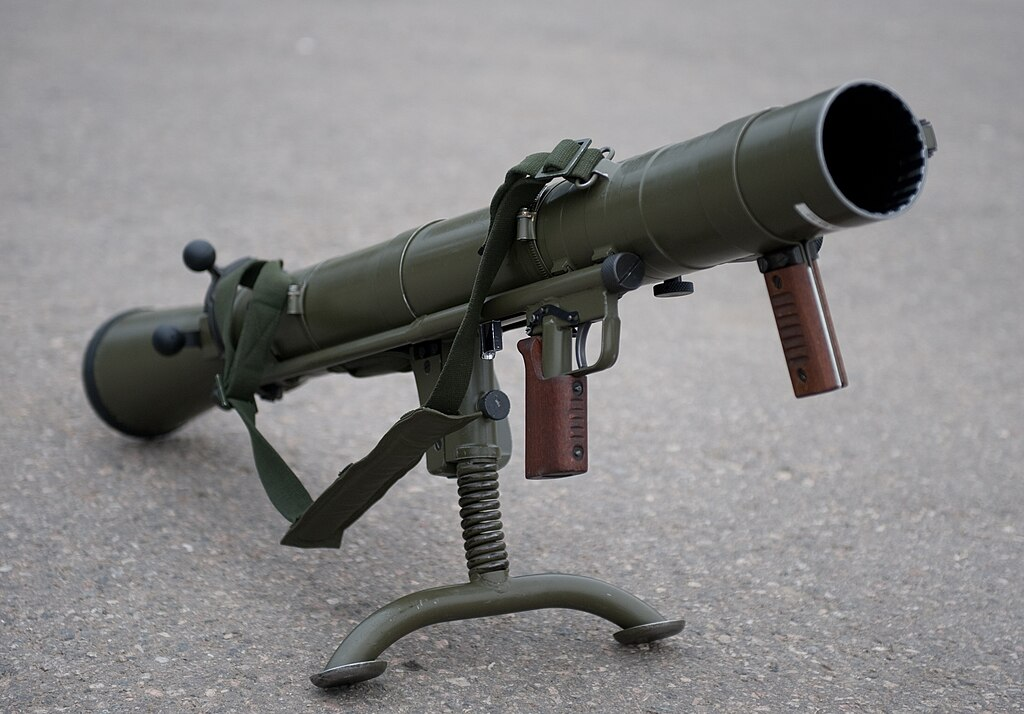
Ask any infantryman who’s been in the thick of things, and he’ll tell you—once you’ve heard a recoilless rifle roar across a battlefield, you never forget it. One of the most recognizable systems to provide that unforgettable wallop is the Carl-Gustaf. Since 1948, this Swedish-born firearm has been an institution among Western infantry stores, and its new incarnation—the M4—is demonstrating that old dogs can not only learn new tricks but lead the pack.

The Carl-Gustaf’s transformation from the first M1 to the state-of-the-art M4 is a testament to decades of innovation and battle-testing. The M4 cuts the fat without sacrificing performance: it’s almost three kilos lighter and substantially shorter than the previous version, the M3. Under 7 kilograms and under a meter long, this means a lot when it comes to foot patrols and combat operations—soldiers can move faster, carry heavier loads, and remain more agile in the heat of battle.

But what truly distinguishes the M4 is how intelligent it’s gotten. At the core of this revolution is the FCD 558 fire control device—a digital fire control system that considers everything from range and ammunition type to environmental conditions such as temperature and wind. The payoff? A gunner able to make quick, educated choices with laser-like accuracy. Combined with rounds that are programmable, the M4 allows the operator to switch among direct fire, airburst, or delayed detonation in a single button press. That kind of versatility can be the difference between having the first shot and being pinned down by return fire.

The Carl-Gustaf’s actual staying power, however, is its ammunition. The 84mm platform has a tremendous range of rounds that can be used to break up armor, knock down buildings, disperse infantry, or create smoke and illumination. Contemporary rounds such as the HE 448 are impressive—it has a dual-mode fuse impact or airburst and is filled with thousands of tungsten pellets, providing a significant advantage against body armor-wearing enemies. Better ballistics and compatibility with the fire control system also increase its range and accuracy, even in adverse combat environments.

One of the brightest moves made by the M4 is that it does not abandon older inventory in the process. It can still shoot legacy rounds, which makes it simpler and cheaper for armies to upgrade without replacing everything they own. At the same time, newer technologies—such as laser-guided ammunition being worked on with Raytheon—are expanding the system’s capabilities even further, enabling shots on mobile or covered targets from as far away as 2,500 meters.

Naturally, raw power counts for nothing if not backed up with proper training. Armed forces are therefore investing in high-fidelity simulators and training rounds to bring gunners and crews fully into the loop. Whether they’re engaging tanks, entrenched foes, or swarms of drones, operators must be as skilled as the weapons they’re handling.

The Carl-Gustaf M4 has a worldwide impact. More than 40 nations—most of them strategic NATO allies—have already adopted the system. The U.S. Marines and Army, as well as Special Operations forces, are already clients, and others are joining them. In Europe, the NATO Support and Procurement Agency contracted a €60 million purchase agreement, and Poland just signed a $1.2 billion agreement for an entire package that encompasses launchers, ammunition, and training systems.

On the battlefield of today, where the threat is unpredictable and units find themselves in small, dispersed formations, the M4 is more than an additional rocket launcher—it’s an equalizer on the battlefield. It provides the infantry squad with the capability to engage armored threats, break through hostile defenses, and control both urban and rural combat. It underpins the new military trend toward small, networked units that can hit hard and move fast without needing heavy support.

As war continues to be more digitized, decentralized, and demanding, the Carl-Gustaf M4 demonstrates that a shoulder weapon can be just as much of a game-changer. With the combination of versatility, firepower, and cutting-edge technology, it’s not only keeping up with the future of war—it’s shaping it.
More related images you may be interested in:






